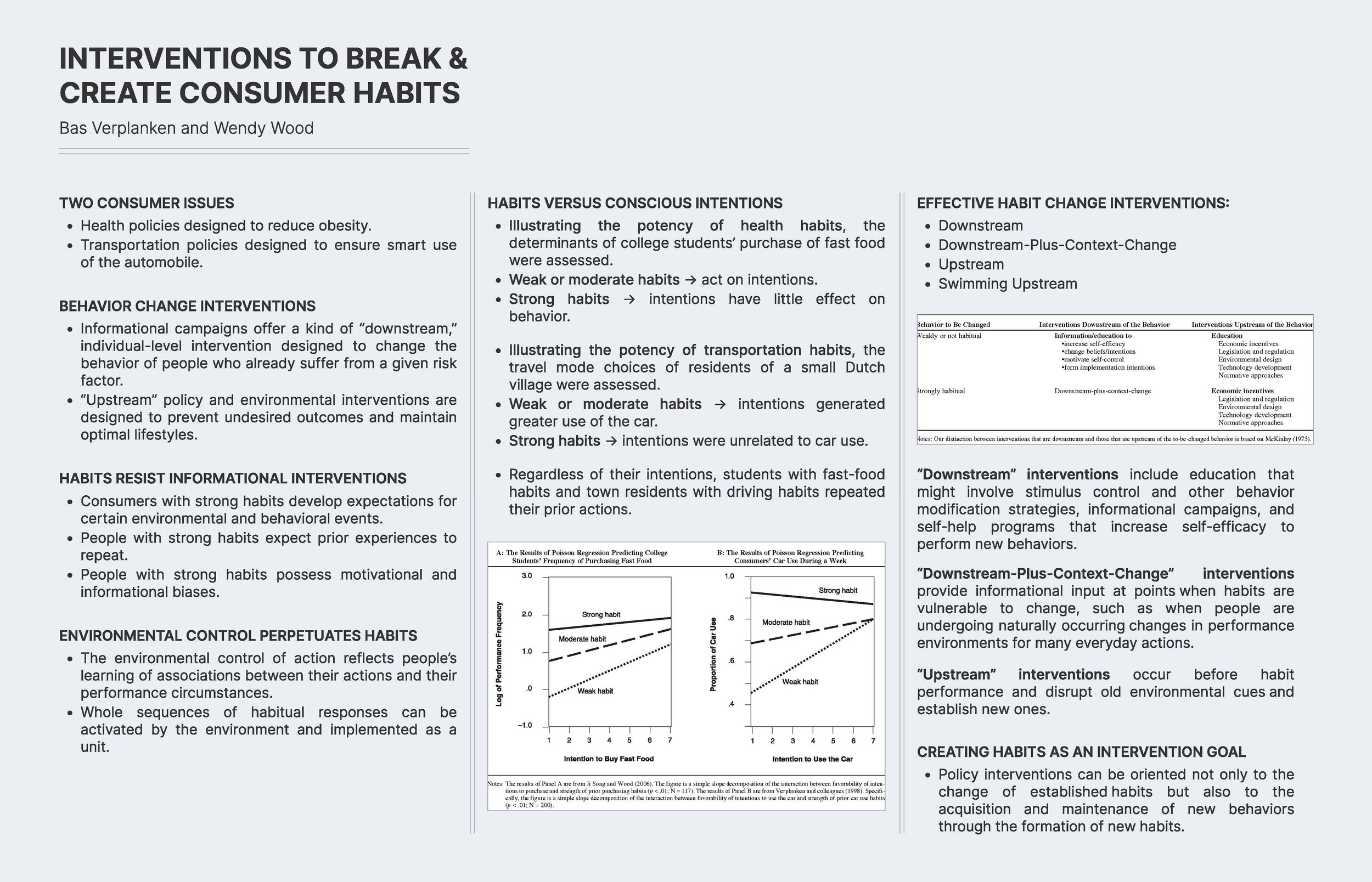HCI as Activism, Politics, Sustainabilty, Change
Unisono: 3LASCH002V
Every week, Wednesdays from 10:15 - 11:45 in room US-D219 starting from October 11.
The first meeting is on October 11 in room US-D219
Led by assistant professor Dr. Matthias Laschke
Anthropogenic climate change is widely acknowledged, and studies indicate that a significant portion of the public is genuinely concerned about its alarming consequences. However, despite this awareness and unmistakable evidence, most individuals do not alter their behaviors significantly. People continue to fly for vacations, drive oversized and fuel-consuming vehicles, and engage in excessive consumption. Surprisingly, there is a lack of substantial concern or activism among the majority of the population. Nevertheless, there are exceptions to this trend. A group known as the "Last Generation" is deeply troubled about climate change to the extent that they resort to civil disobedience as a form of protest. They block roads and use spray paint on private jets to draw attention to the gravity of the climate crisis. However, the public's response to this intervention or manipulation is polarized, with varying opinions on the effectiveness and appropriateness of such actions.
It is important to recognize that intervention and manipulation are not novel concepts in the realms of design and Human-Computer Interaction (HCI). Just think of speed bumps. Speed bumps placed next to schools or kindergartens are a prime example of intervention and manipulation in design for a specific purpose. In this scenario, the intention is clear and universally understood: to ensure the safety of children in the vicinity. By implementing speed bumps, drivers are compelled to reduce their speed, creating a safer environment for the children crossing the road or playing nearby. The use of speed bumps in this context is a normative and proactive design approach. It actively influences drivers' behavior by presenting a physical obstruction that requires compliance.
Hence, designed artifacts inherently influence and alter the way people interact with each other and the world, never remaining passive or neutral. Instead, they embody norms and actively shape human experiences. This seminar aims to explore how interactive technologies can be harnessed as tools for activism, including actions addressing sustainability challenges.
During the research seminar, participants will collectively investigate current HCI initiatives that utilize technology to promote sustainable practices. This exploration will encompass theoretical foundations, practical applications, and investigations into the effects and impacts of such endeavors. In the final third of the seminar, participants will have the opportunity to develop their own approaches and tools for activism, ranging from fictional artifacts to DIY kits for promoting change. Ultimately, the participants will work towards becoming HCI activists, actively engaging with technology to effect positive transformations. The outcomes of these efforts will be showcased through an online store, real or fictitious, where the small projects can be shared and potentially disseminated to a broader audience.











